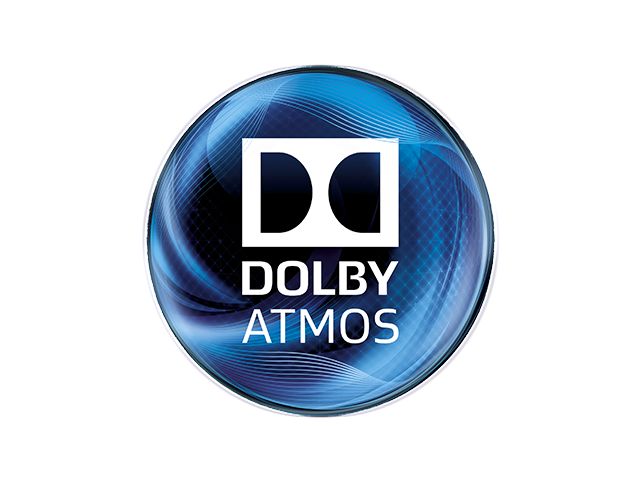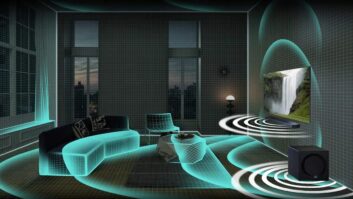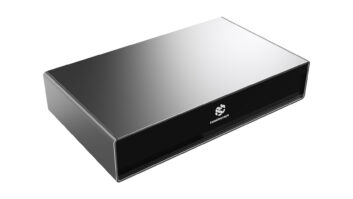
San Francisco — Dolby Atmos surround sound will begin appearing on Blu-ray discs and streaming services this fall, with more titles to come in 2015.
Dolby said consumers likely won’t need a new Blu-ray player to play Atmos-encoded discs because “existing players that fully conform to the Blu-ray specification will be able to support Dolby Atmos content on a Blu-ray Disc,” said Brett Crocket, Dolby’s sound research director. The players will spit out the Atmos bitstream through their HDMI outputs to A/V receivers and preamp processors with embedded Atmos decoders, the company previously told TWICE.
Onkyo and Pioneer have announced plans for Atmos-decoding A/V receivers and Atmos-enabled speakers.
Atmos precisely places individual sounds into a room by assigning each one an X, Y, and Z coordinate.
Atmos also places sounds overhead if consumers install two to four in-ceiling speakers, but if consumers don’t want to install in-ceiling speakers, said Crockett, “our partners will offer new Dolby Atmos-enabled speakers that produce full, detailed overhead sound from speakers located where your conventional speakers are now.”
Atmos supports 5.1.2, 5.1.4, 7.1.2, 7.1.4, and 9.1.2 speaker configurations, according to Onkyo.
Atmos-enabled speakers would at a minimum replace a user’s two traditional front left-right speakers in a 5.1-speaker system, but consumers could also opt for four Atmos speakers, two to replace the front left-right speakers and two to replace two surround speakers, in a traditional 5.1-speaker setup.
Atmos speakers would incorporate separate height drivers driven by dedicated amp channels from an AVR.
For consumers who don’t want to replace their existing speakers or install in-ceiling speakers, Atmos offers the option of adding two to four Atmos-enabled speaker modules to existing speaker systems. Consumers could place a speaker module on top of existing front left-right speakers, or on top of the front left-right speakers plus the two surround speakers, in a traditional 5.1 setup.
The speaker modules, powered by dedicated amp channels from an AVR, would deliver height channels that reflect off the ceiling, Onkyo said.
The speaker modules could also be hung on the wall above the existing speakers.
In any case, at least seven channels of amplification would be needed in a multichannel Atmos home theater using discrete speakers.
“With a seven-channel receiver, you would begin with a standard five-channel configuration: L/C/R and SL/SR,” said Paul Wasek, Onkyo national marketing and product planning manager. “You would then add a front-height channel to both the L/R channels, which would occupy the remaining two amp channels.”
Atmos content, he noted, “is scalable to the receiver (amp)/ speaker configuration,” he continued. “In other words, a seven-channel Dolby Atmos receiver could support a 5.1.2 configuration. A nine-channel receiver can support several different formats, and an 11-channel receiver can support the most configurations. You can’t support a speaker configuration that exceeds the number of channels or pre-outs, however.”
With Dolby Atmos, launched in cinemas in 2012, consumers will be able to hear torrential rain falling from above them, and in the movie “Godzilla,” theater-goers hear the monster roar from above, Crockett said.













